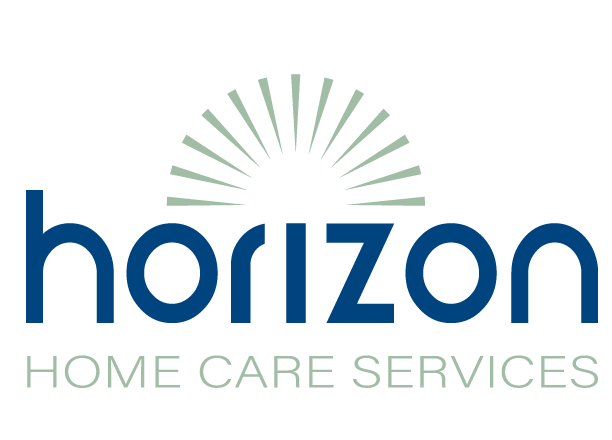
Caring for an elderly parent can be rewarding, but it’s also physically and emotionally demanding. In addition, it often requires taking time away from the caregiver’s own family and from paid work. Understanding the available options for support can mean the difference between burnout and balance. In this article, we explore the roles of in-home caregivers. We’ll share some startling statistics on caregiver burnout and highlight the importance of ongoing support for caregivers.
The Difference between a Caregiver and a Home Health Aide
Caregivers and home health aides play distinct roles with respect to providing care to individuals in need. While both assist with activities of daily living (ADLs) and provide emotional support, there are some key differences between the two.
A typical caregiver is a family member or a close friend who provides (usually) unpaid care to a loved one. In 2020, 41.8 million Americans, or 17% of the adult population in the US, provided unpaid care to an adult over the age of 50.
In addition, the number of unpaid family caregivers in the U.S. increased by nearly 10 million in the years between 2015 and 2020, from 43.5 million to more than 53 million. This statistic includes unpaid caregivers for younger adults with disabilities, as well as seniors.
A home health aide, on the other hand, is a paid, trained professional who assists with personal care, household chores, and sometimes medical tasks. Home health aides are often utilized to ease the burdens of family caregivers, helping to mitigate burnout.
For the remainder of this article, we will limit this discussion to caregivers. At the end, we’ll share how some caregivers can qualify to get paid to support a loved one who is on Medicaid.
Duties of Caregivers
The caregiver’s primary responsibility is to ensure the safety and well-being of their loved one. Responsibilities typically include assisting with activities of daily living (ADLs) such as bathing, dressing, grooming, and some medication management. They provide companionship, emotional support, and engage in activities to support mental and physical well-being. In some cases, they may coordinate medical appointments, manage finances, prepare meals, and do light housekeeping. In short, caregivers help seniors be able to remain in their home.
Why Family Caregivers Burn Out
The demands of daily caregiving can take a toll on a caregiver’s physical and mental health, leading to burnout. This condition is characterized by a state of exhaustion, stress, and overwhelm and manifest as emotional distress, physical ailments, and a decline in overall well-being. The latest AARP Caregiving in the U.S. 2020 report indicates that family caregivers are experiencing less overall health and quality of life than they did less than a decade ago. Caregivers who neglect their own needs and fail to seek support are at a higher risk of burnout.
Caregiver Burnout Statistics
The statistics surrounding caregiver burnout illustrate the widespread impact of this issue. According to recent studies, approximately 40-70% of family caregivers experience symptoms of depression, anxiety, or chronic stress. In addition, caregivers who provide care for long hours or care for individuals with complex health conditions are at an even higher risk of burnout.
Per The Key, “over 50 percent of family caregivers experience symptoms of depression. The stress of caregiving can also weaken your immune system and increase inflammation in the body, according to a 2019 study published in the journal Gerontologist. As a result, you may find yourself getting sick more often.”
These statistics emphasize the importance of addressing caregiver well-being and providing much-needed support.
The Importance of Caregiver Support
Caring for a loved one can be a lonely and challenging journey. Fortunately, caregiver support groups offer a vital lifeline for individuals navigating this difficult role, providing a safe space for caregivers to share their experiences, expressing their emotions, and learning from one another. Support groups often offer educational resources, guest speakers, and coping strategies to help caregivers manage their responsibilities effectively. The sense of community and understanding found in these groups can significantly alleviate feelings of isolation and help caregivers recognize and alleviate burnout.
For elderly individuals on Medicaid, a program called CDPAP features CDPAS services which allows the elderly to hire a caregiver of their choice and have Medicaid pay them. For more information on this valuable program, click here.
Conclusion
As the demand for caregiving continues to rise, According to the federal Bureau of Labor Statistics the need for caregivers will grow by about “25 percent by 2031…more than 700,000 openings for such workers are projected each year, on average, over the next decade.”
Caregivers shoulder significant responsibilities and can benefit greatly from support groups that provide a sense of community and helpful resources. Today, family caregiver burnout is a real concern, and the statistics highlight the urgent need for support and intervention. By acknowledging the challenges faced by caregivers, we can work towards creating a society that values and supports these unsung heroes in their caregiving journey.



